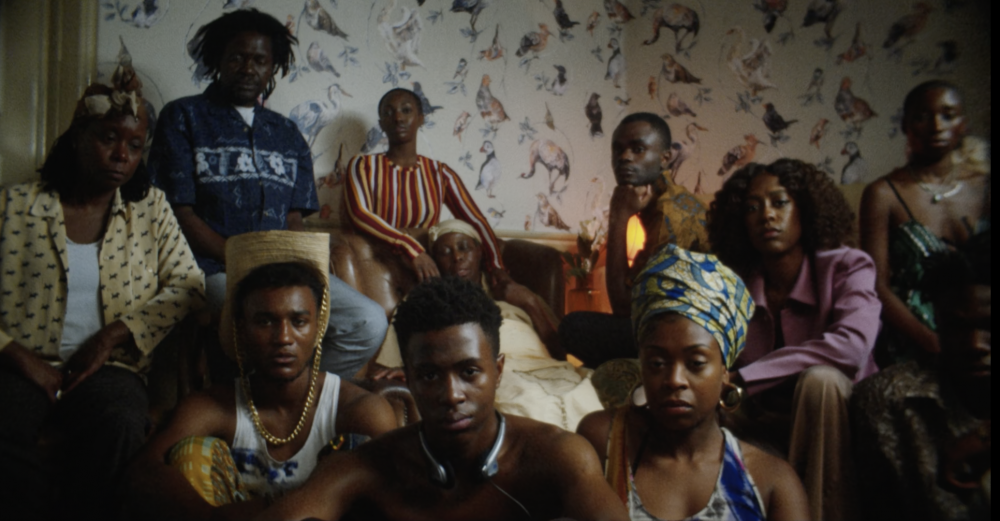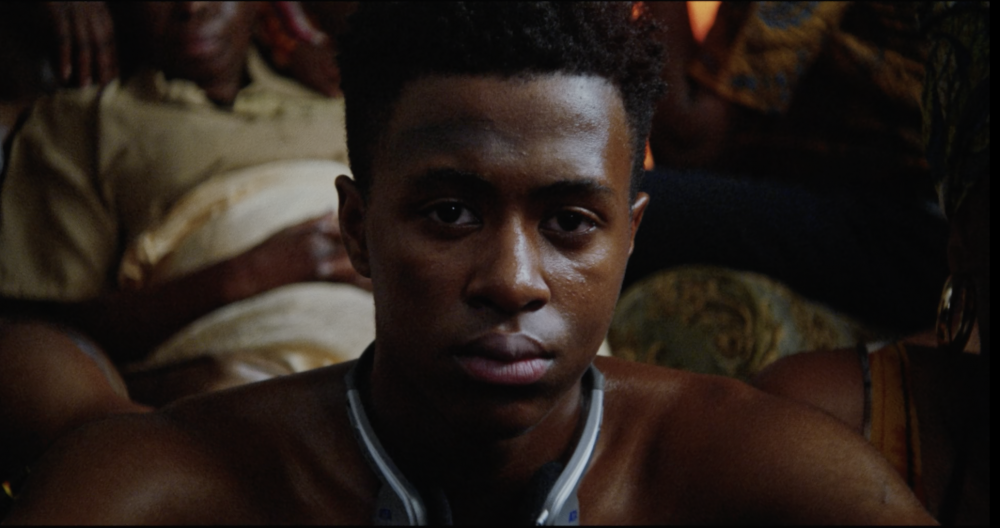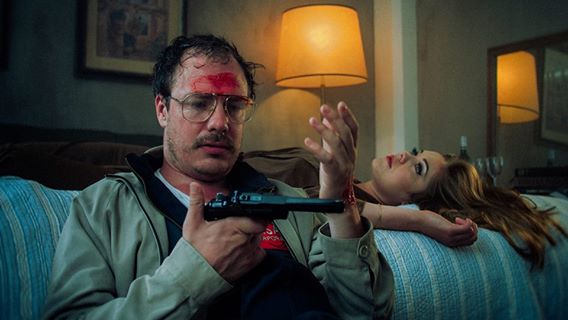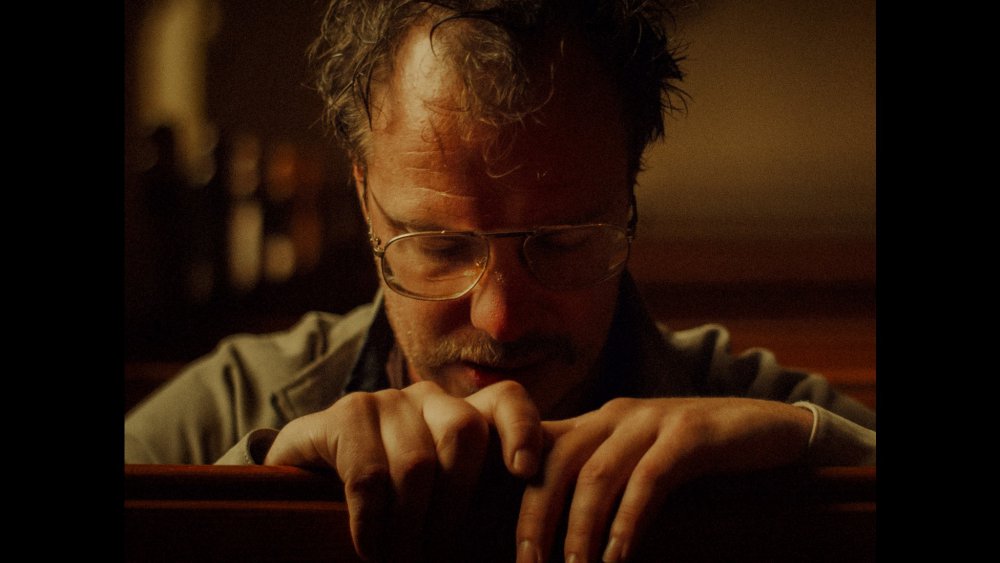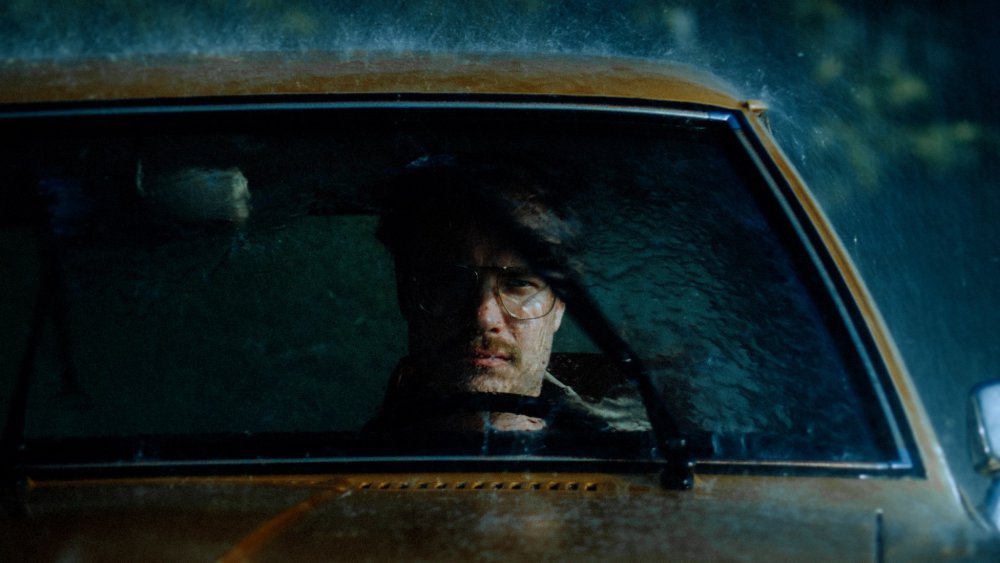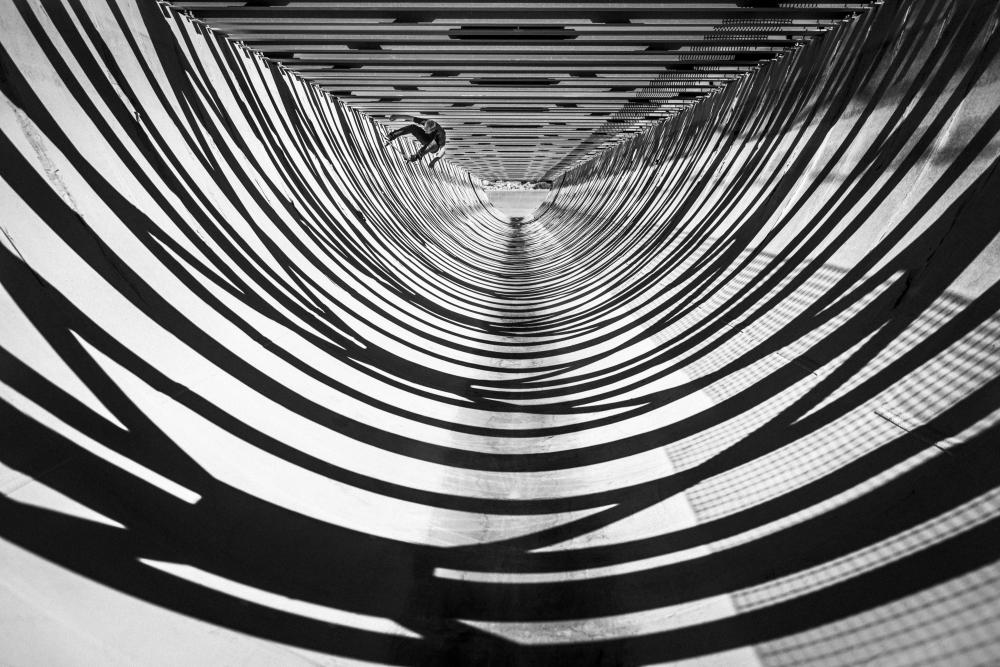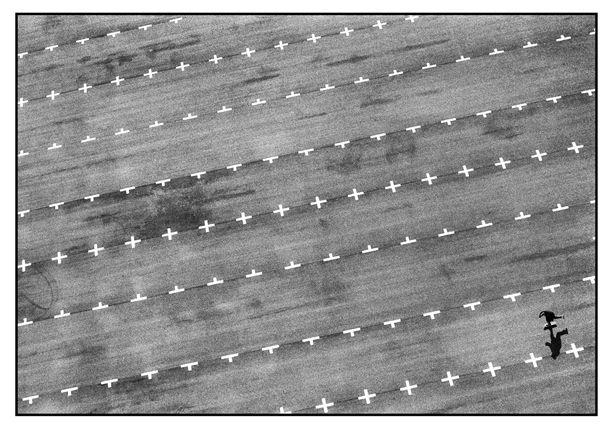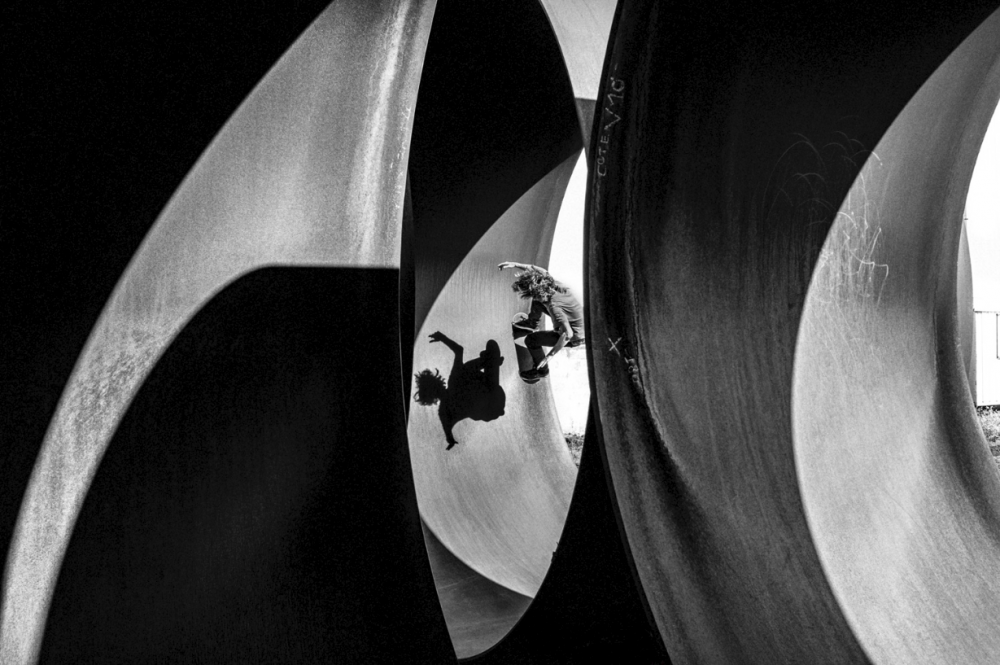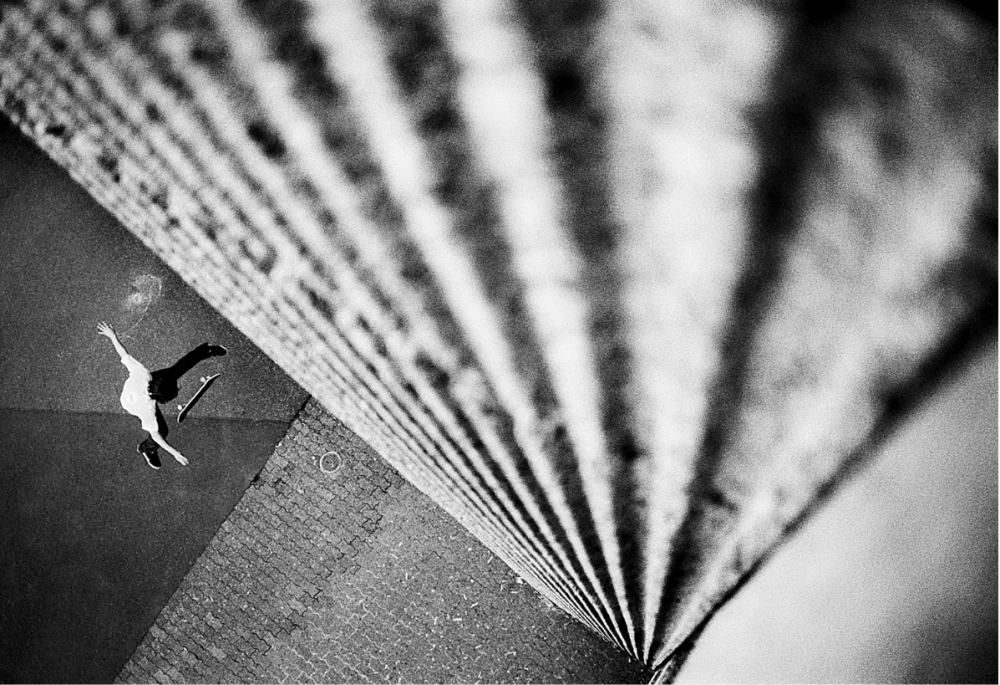
mat33
Members-
Posts
231 -
Joined
-
Last visited
About mat33

Recent Profile Visitors
3,656 profile views
mat33's Achievements

Active member (3/5)
178
Reputation
-
 deezid reacted to a post in a topic:
Image thickness / density - help me figure out what it is
deezid reacted to a post in a topic:
Image thickness / density - help me figure out what it is
-
 tupp reacted to a post in a topic:
Image thickness / density - help me figure out what it is
tupp reacted to a post in a topic:
Image thickness / density - help me figure out what it is
-
 Ricardo Constantino reacted to a post in a topic:
Image thickness / density - help me figure out what it is
Ricardo Constantino reacted to a post in a topic:
Image thickness / density - help me figure out what it is
-
 KnightsFan reacted to a post in a topic:
Image thickness / density - help me figure out what it is
KnightsFan reacted to a post in a topic:
Image thickness / density - help me figure out what it is
-
 kye reacted to a post in a topic:
Image thickness / density - help me figure out what it is
kye reacted to a post in a topic:
Image thickness / density - help me figure out what it is
-
 hyalinejim reacted to a post in a topic:
Image thickness / density - help me figure out what it is
hyalinejim reacted to a post in a topic:
Image thickness / density - help me figure out what it is
-
 HockeyFan12 reacted to a post in a topic:
Image thickness / density - help me figure out what it is
HockeyFan12 reacted to a post in a topic:
Image thickness / density - help me figure out what it is
-
I think the light and amount of contrast of the scene makes a huge difference to the image thickness. When you have a good amount of contrast in your scene with areas of shadow and bright highlights, and your object is well exposed then you can bring the blacks down were they belong and help with the perceived thickness (and also reduce the perceived grain/noise). Were I notice the main difference with cameras that produce thicker images like the digital Bolex is with skin tones and also foliage/leaves/trees etc. Whether it's the tonality/colour gamut/saturation/shadow saturation or all of these when combined with good light they just look more alive. Here is a screen shot from the D16 (not mine) which while compressed to heck look 'thick' and alive to me.
-
 mat33 reacted to a post in a topic:
Image thickness / density - help me figure out what it is
mat33 reacted to a post in a topic:
Image thickness / density - help me figure out what it is
-
 deezid reacted to a post in a topic:
Image thickness / density - help me figure out what it is
deezid reacted to a post in a topic:
Image thickness / density - help me figure out what it is
-
 mat33 reacted to a post in a topic:
Image thickness / density - help me figure out what it is
mat33 reacted to a post in a topic:
Image thickness / density - help me figure out what it is
-
 John Matthews reacted to a post in a topic:
Image thickness / density - help me figure out what it is
John Matthews reacted to a post in a topic:
Image thickness / density - help me figure out what it is
-
 mercer reacted to a post in a topic:
Image thickness / density - help me figure out what it is
mercer reacted to a post in a topic:
Image thickness / density - help me figure out what it is
-
While lighting, bit depth and resolution all play a role what about the bayer matrix and the colour filters themselves? For example some of the 'thickest' most filmic images I have seen are from the Digital Bolex which is 12bit and 2K-I've attached a few examples (sadly not mine) from the D16. I have seen some discussion on the D16 about this: "Color depth and discrimination in Bayer filters is determined by the purity and saturation of the filter dyes used. The Kodak CCD in the D16 uses a patented set of highly saturated filters designed for scientific and industrial applications where accuracy and fine color discrimination are critical, like color matching in textile fabric dye runs, or in the cameras used on the Mars Rovers. Most video cameras use Bayer filters less saturated to get more sensitivity and just cover the video color gamuts. Deeply saturated primary colors can be hard to reproduce. I normally have to desaturate D16 footage 20-30% to eliminate chroma clipping on saturated colors in REC709. This still looks like a fully saturated video image to gamut limits." So could it be the characteristics of the bayer filters are a big part of the colour thickness?
-
Just saw this, thought I would share as awesome example of creativity during this crazy isolation the world is in and a nice change of pace from camera tech
-
I think it’s pretty similar codecs but EM5iii has no 120p, lesser IBIS, no OM-D log profile, noisier pre-amps, maybe slower AF, no time code. There is also better weather sealing etc on the EM1iii.
-
Shot on EM1x, looks very very nice. They used 17mm 1.2 and 25mm 1.2 with segments on the 12-100f4 and 300mm f4 according to the comments. Love the handheld tracking shot using a wheelbarrow at the end.
-
 mat33 reacted to a post in a topic:
Introducing the EOSHD Tim Apple LUT for that washed out nationalist propaganda look
mat33 reacted to a post in a topic:
Introducing the EOSHD Tim Apple LUT for that washed out nationalist propaganda look
-
The Ikonoskop was way too expensive and the D16 had a polarising external appearance and the release firmware was bit flakey (especially compared to the later firmware with Bolex Log), but what a thick beautiful digital negative to work with. It sometimes feels like we want to make Star Wars Episode V but because of all the latest technological wiz bang gadgets we end up making Star Wars Episode I where we end up spending too much time setting up and playing with everything than focusing on the creativity or art part.
-
2011 -Ikonoskop DII 12 bit RAW cDNG 2012 -Digital Bolex D16 12 bit RAW cDNG built by a team with no prior camera manufacturing experience 2013 - Magic Lantern uncovers 14 bit RAW video possible on the 2008 Canon 5D Mark II 2013 -BMPCC 12 bit RAW cDNG I appreciate that there have been plenty of higher end RAW capable cameras released and uncompressed RAW is a storage hog but why the frak has it taken this long for someone to release a small form factor RAW capable camera with a decent built in screen....All I want is Ikonoskop DII or Digital Bolex IQ with no baked in NR in a small form factor.
-
I really really hope this is the spiritual successor to the digital bolex.
-
Freaking awesome, hand cranked, 90 minute film and they shot 4 & 1/2 hours footage - such a nice counter balance in this 4/6k era
-
The XC10/15 were ok - but didn't like the lack of a dedicated viewfinder as mucking around with the loupe meant I basically never used it. Having better AF would be nice, and doing a smooth zoom in/out using the rockers would be nice - nothing says cinematic mojo like a good old zoom in/out ?
-
Anyone interested in one of these? -like a XC15 with better form factor and DPAF but worse codecs. I'm quite tempted, would be nice to go back to a camcorder form factor.
-
I think its a bit to early to be rushing to conclusions. It seems entirely plausible that the L-mount communication specification has been updated, possibly to allow for DFD autofocus speeds, IBIS + OIS or even to improve Sigmas AF performance but still allowing backward compatibility to existing L-mount (Leica) lenses . The Leica SL is nearly 4 years old, so its possible it may not physically be able to handle the new communication protocols or may need a firmware update at the very least. I can imagine allocating resources to a firmware update to allow a 4 year old camera to use other manufacturers lenses is a low priority for any camera maker, let alone Leica, so not sure if you can be too critical. Sure Sigma could probably release an adapter that works for the SL/TL etc but maybe that has absolutely crappy performance like the Novoflex adapter which isn't going to make anyone happy or help establish L-mount. Now if the Leica SL2 comes out with no compatibility to other L mount lenses then sure complain all you like. Anyway interesting to see the underlying vibe people have towards Leica.
-
 mat33 reacted to a post in a topic:
Sony VX1000 ccd love in 2019
mat33 reacted to a post in a topic:
Sony VX1000 ccd love in 2019
-
I'm not a skater and haven't really seen many skate films, but pretty interesting to see some of the history and the impact the VX1000 had. One talented skate filmer/photographer I have come across who takes some great stills that appeal to non-skaters as well is Fred Mortagne 'French Fred' www.frenchfred.com
-
So I saw that Wooden Camera have released a microphone modelled after the Sony VX1000 ccd mini-DV camcorder from the 1990s, which brings back good memories of my first video camera the Panasonic GS400. Turns out its still pretty popular for skating videos despite being 20+ years old: http://www.jenkemmag.com/home/2018/07/13/tracing-history-skateboardings-most-famous-camera/
-
Canon EOS RP specs leaked, features 26MP sensor and 4K video
mat33 replied to Andrew Reid's topic in Cameras
Well I will say this thread is pretty awesome: a budget full frame camera, undertakers, professional sport photography, cinematic mojo, academy award winners and even astronauts. The only thing that beats a good old canon back and forth is a Leica one.


